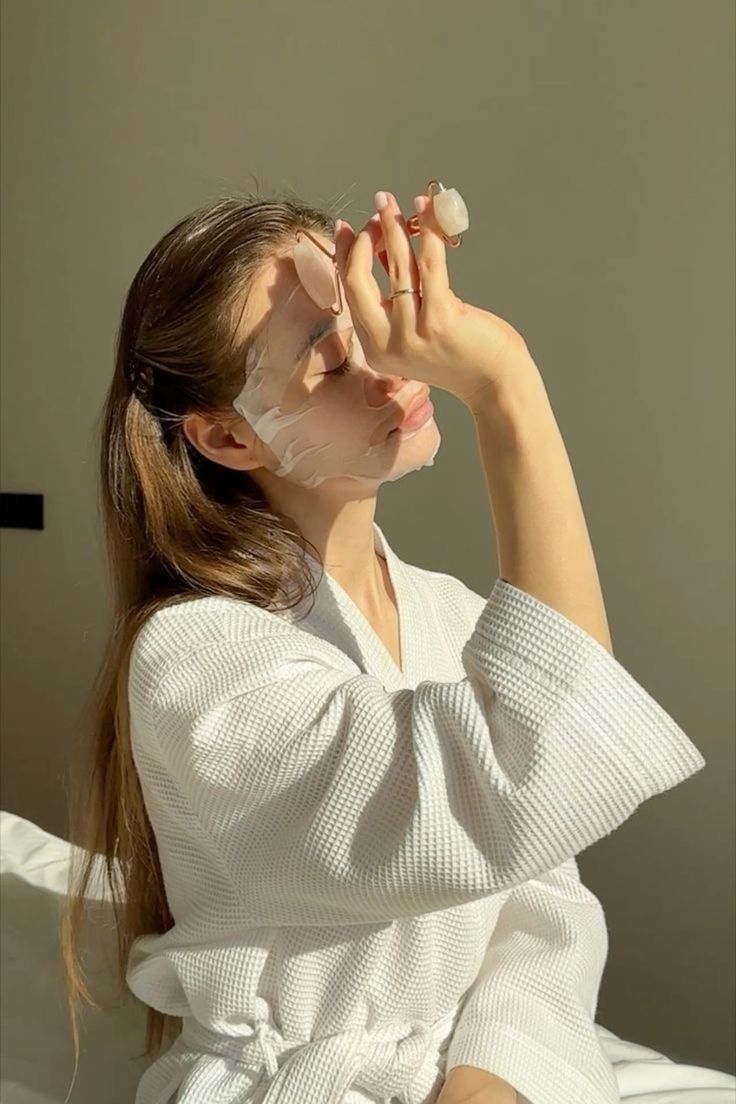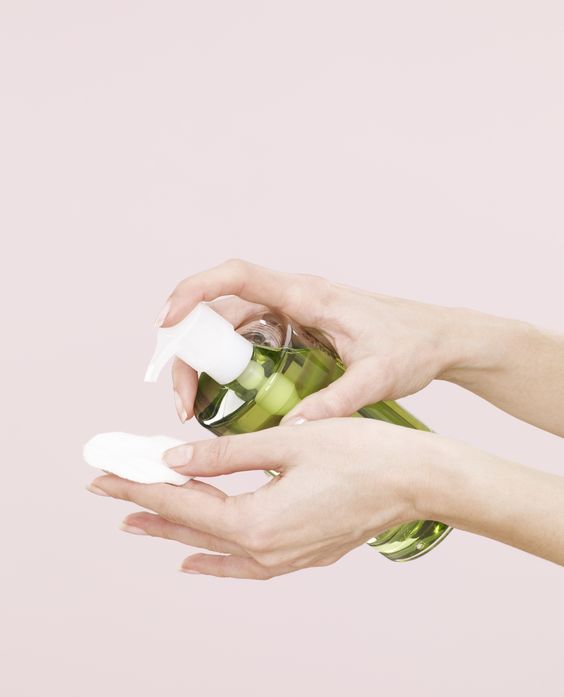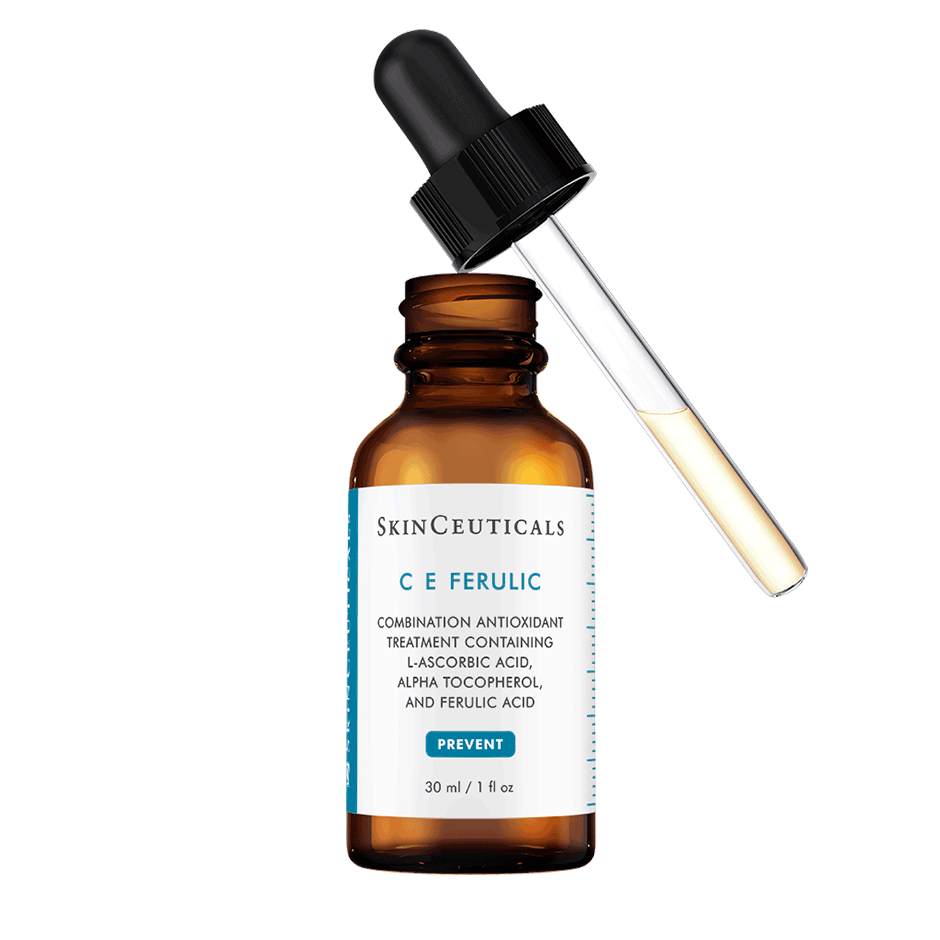I have dry, oily, and sensitive skin, and my face is often red and irritated. The winter dryness only makes it worse, which is why I scheduled a dermatology appointment last month. My dermatologist told me that I had been overdoing it with harsh creams, acids, and serums, and advised me to simplify and soften my skincare routine. Each product I now use is hypoallergenic, fragrance-free, and free from parabens, dyes, alcohol, and phthalates. They’re all formulated with prebiotic oat, an antioxidant that helps soothe skin and nourish the moisture barrier. The results have been amazing, and my skin has never felt so calm.
If you struggle with sensitive skin, keep reading for my new winter skincare routine! It’s just five simple steps, and trust me, you’ll never settle for irritated skin again.
When my dermatologist recommended simplifying my skincare routine, I knew I had to make some serious changes. I went from about ten steps (depending on the time of day) to just four core steps, plus SPF in the morning. Here’s my new routine:
PRE-CLEANSE
My skin is dry, oily, sensitive, and prone to breakouts. So, I start by pulling my hair back and massaging a gentle cleanser onto my dry face. This step helps remove makeup, sunscreen, and any daily buildup like dirt and grime.
MOISTURIZING OATMEAL CLEANSER
Next, I wet my face with warm (not hot!) water, and use a gentle moisturizing oatmeal cleanser. This cleanser hydrates while it cleanses, leaving my skin feeling soft and nourished. I massage 1-2 pumps into my skin in circular motions for about a minute, then pat my face dry.
TRIPLE OAT SERUM
Once my face is dry, I apply 3-4 drops of a serum formulated with a Triple Oat Complex (oatmeal, oat extract, and oat oil). This serum instantly makes my skin feel smoother and more hydrated after just one use. It’s lightweight, absorbs quickly, and doesn’t leave a greasy residue. Plus, the dropper makes it easy to dispense just the right amount—no more wasted product!
OAT GEL MOISTURIZER
After the serum has dried, I apply a generous amount of an oat gel moisturizer to my face and neck, massaging it in with upward and outward motions. This moisturizer is formulated with prebiotic oat, which soothes sensitive skin and helps repair the moisture barrier. As someone with combination oily skin, I appreciate that it’s a lightweight gel that absorbs easily, leaving my skin hydrated without feeling greasy.
SPF
Lastly, I finish my routine with a daily sunscreen that has SPF 30. Both my mom and my dermatologist would be disappointed if I didn’t mention this step—sun damage can seriously harm your skin, even on cloudy days. I make sure to apply sunscreen every morning, even if I’m staying indoors, to protect my skin from sunburn and the harmful effects of pollution and blue light.
And that’s it! This simple, winter-friendly skincare routine has completely transformed my sensitive skin. If you’re looking for gentle products that nourish without irritation, you can find everything I use at Target or on Target.com.
Thanks so much for reading!







